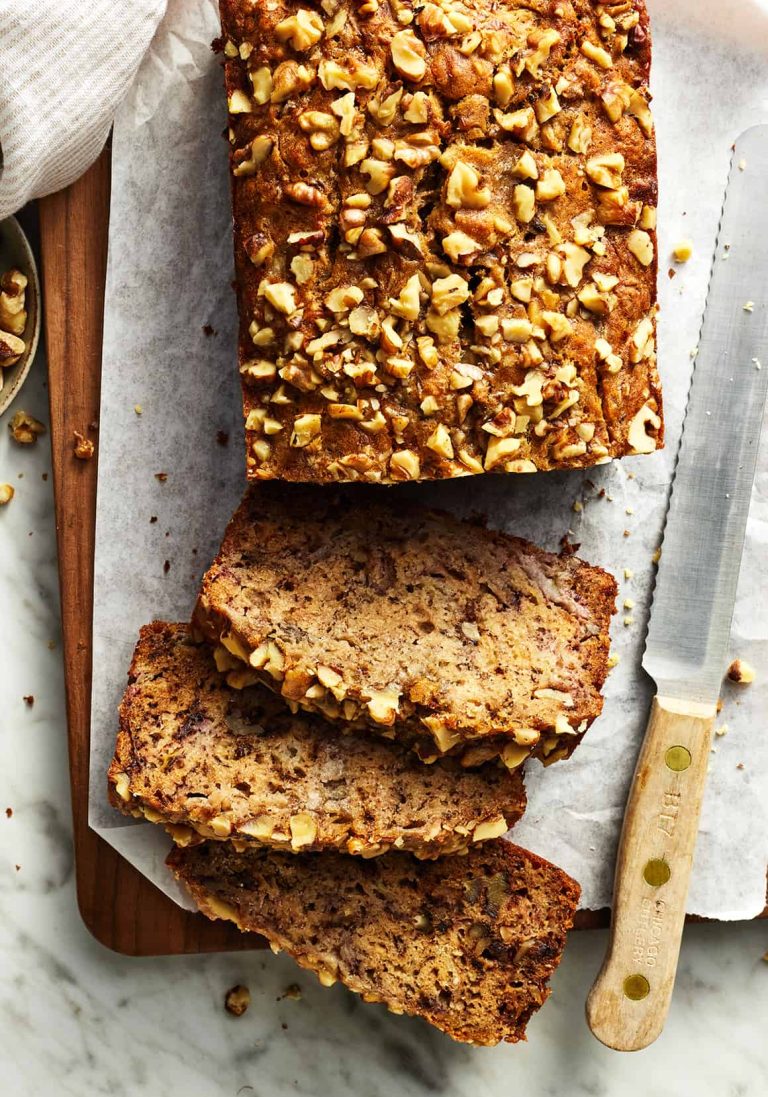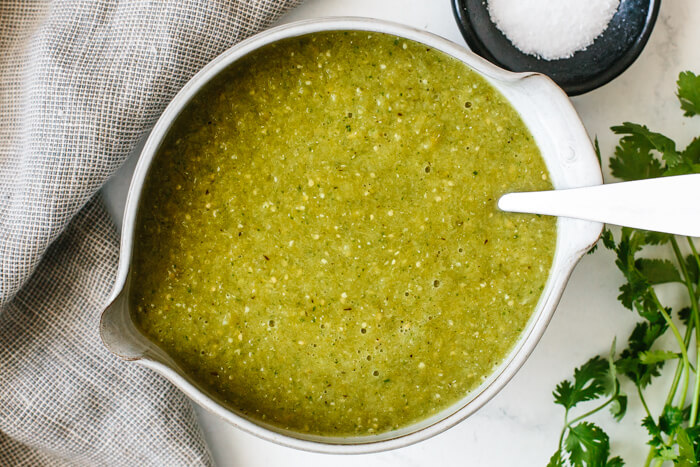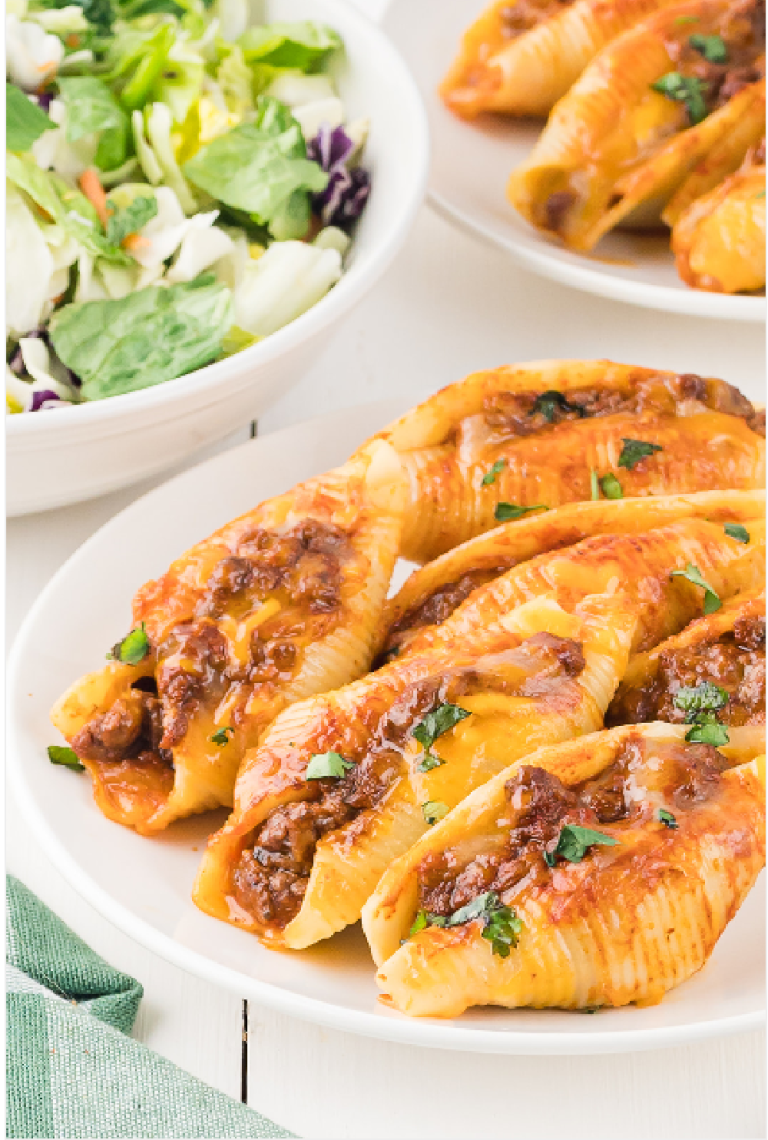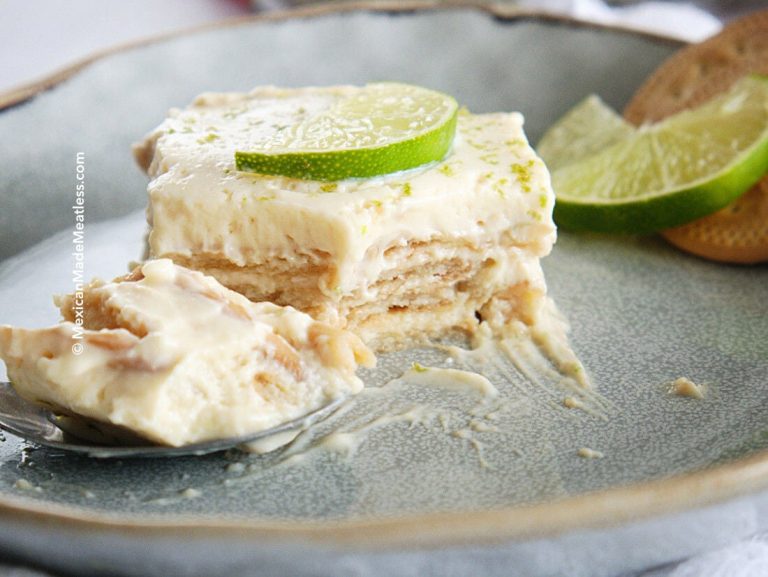Breaded Pork Tenderloin: History, Preparation, and Healthier Alternatives
Breaded pork tenderloin traces its roots to the Midwest, where it’s a staple dish in many states. In Indiana, this delicacy often appears in diners and local eateries. Influenced by German immigrants, the dish evolved over time, adapting pork schnitzel techniques. It gained popularity due to its simplicity and rich flavor, making it a go-to meal for many families. Today, breaded pork tenderloin is celebrated in various food festivals and remains a beloved choice in American cuisine.
Key Ingredients Involved
Breaded pork tenderloin requires a few basic ingredients to achieve its signature taste. You’ll need pork tenderloin, pounded thin to ensure even cooking. For the breading, use flour, beaten eggs, and breadcrumbs. Season the flour with salt, pepper, and garlic powder to add depth of flavor. The breadcrumbs provide the crispy exterior, often enhanced with spices like paprika for extra flavor. Cooking oil is essential for frying, with vegetable oil or canola oil being popular choices due to their high smoke points. Together, these ingredients create a dish that’s both crunchy and tender.
How to Make Breaded Pork Tenderloin
Preparing the Pork
Trim any excess fat and silver skin from the pork tenderloin to ensure even cooking and a smooth texture. Slice the pork into medallions, roughly 1 inch thick, which will help them cook evenly and speed up the process. Use a meat mallet to pound each medallion to about 1/4 inch thickness; this tenderizes the meat and increases surface area for breading.
Coating and Breading Techniques
Create a standard breading station with three shallow dishes. Fill one with all-purpose flour, one with beaten eggs, and one with breadcrumbs. Season the flour with salt, pepper, and any other preferred spices to add extra flavor to the base layer.
Dredge each pork medallion in flour, ensuring it is completely coated. Dip the floured pork into the beaten eggs, letting any excess egg drip off. Press the pork into the breadcrumbs, coating it evenly and pressing the crumbs to ensure they adhere well. Repeat this process for each piece to achieve a consistently breaded surface.
Cooking Methods
Heat oil in a large skillet over medium-high heat, filling it to about 1/4 inch deep to ensure proper frying. Use oil with a high smoke point, such as vegetable or canola oil, to maintain consistent temperature and prevent burning.
Carefully place the breaded pork medallions into the hot oil, avoiding overcrowding. Fry for 3-4 minutes on each side until golden brown and crispy. Use a meat thermometer to ensure the internal temperature reaches at least 145°F for safe consumption.
Transfer the cooked pork to a paper towel-lined plate to absorb excess oil. Serve immediately for the best taste and texture.
Serving Suggestions for Breaded Pork Tenderloin
Accompaniments and Side Dishes
Breaded pork tenderloin pairs well with various accompaniments and side dishes. Mashed potatoes, seasoned with garlic or chives, provide a creamy contrast to the crispy pork. Coleslaw, dressed lightly with vinegar and mayo, adds a crunchy, tangy element that complements the tenderloin. For a healthier option, grilled or steamed green beans, asparagus, or a fresh garden salad with a light vinaigrette work beautifully.
Use these side dishes to enhance the meal:
- Mashed Potatoes: Add garlic, cream, or chives.
- Coleslaw: Vinegar and mayo dressing.
- Grilled/Steamed Vegetables: Green beans or asparagus.
- Garden Salad: Fresh vegetables with a light vinaigrette.
Sauces and Toppings
Various sauces and toppings can elevate your breaded pork tenderloin. Creamy mustard sauce or a simple gravy adds depth and enhances the pork’s flavor. For those preferring a tangier profile, a tart apple chutney or spicy barbecue sauce works well. Cheese lovers might enjoy a melted provolone or Swiss cheese topping. Additionally, pickles and onions can provide a delightful crunch and acidity.
Consider these options:
- Creamy Mustard Sauce: Pairs well with crispy exterior.
- Simple Gravy: Adds depth and flavor.
- Apple Chutney: Offers a tangy contrast.
- Barbecue Sauce: Ideal for a spicy kick.
- Cheese: Provolone or Swiss for a savory topping.
- Pickles and Onions: Add crunch and acidity.
These serving suggestions ensure a well-rounded and enjoyable meal, highlighting the versatility of breaded pork tenderloin.
Nutritional Information
Health Benefits
Breaded pork tenderloin offers a rich source of protein, providing essential amino acids for muscle growth and repair. A single serving typically contains about 24 grams of protein, which supports your daily nutritional needs. It’s also a good source of vitamins like B6 and B12, crucial for red blood cell formation and energy metabolism. Minerals such as zinc and selenium are present, contributing to immune function and thyroid health. Additionally, pork tenderloin is leaner compared to other cuts, containing lower levels of saturated fat, which may be beneficial for cardiovascular health in moderation.
Considerations and Dietary Adaptations
While breaded pork tenderloin offers nutritional benefits, consider the preparation method. Frying increases calorie content due to oil absorption. Oven-baking or air-frying can be healthier alternatives, reducing fat intake. Gluten-free breadcrumbs can adapt the dish for those with celiac disease or gluten intolerance. For a lower-carb option, use almond flour instead of traditional breadcrumbs. Pairing with leafy greens or steamed vegetables can balance the meal’s nutritional profile. Adjusting ingredients and cooking methods ensures you enjoy breaded pork tenderloin without compromising dietary goals.
Conclusion
Breaded pork tenderloin offers a delicious blend of tradition and versatility. Whether you prefer the classic fried version or opt for healthier methods like oven-baking or air-frying, this dish can be tailored to meet your dietary needs. With its rich protein content and essential vitamins and minerals, breaded pork tenderloin remains a nutritious choice. By making simple adjustments, you can enjoy this beloved dish without compromising on flavor or your health goals.






